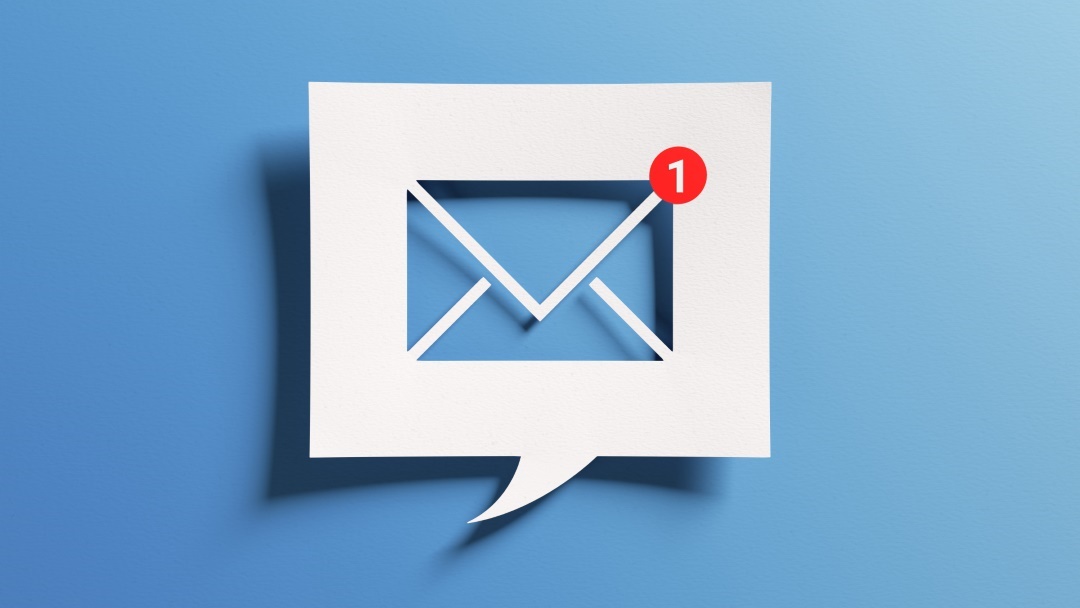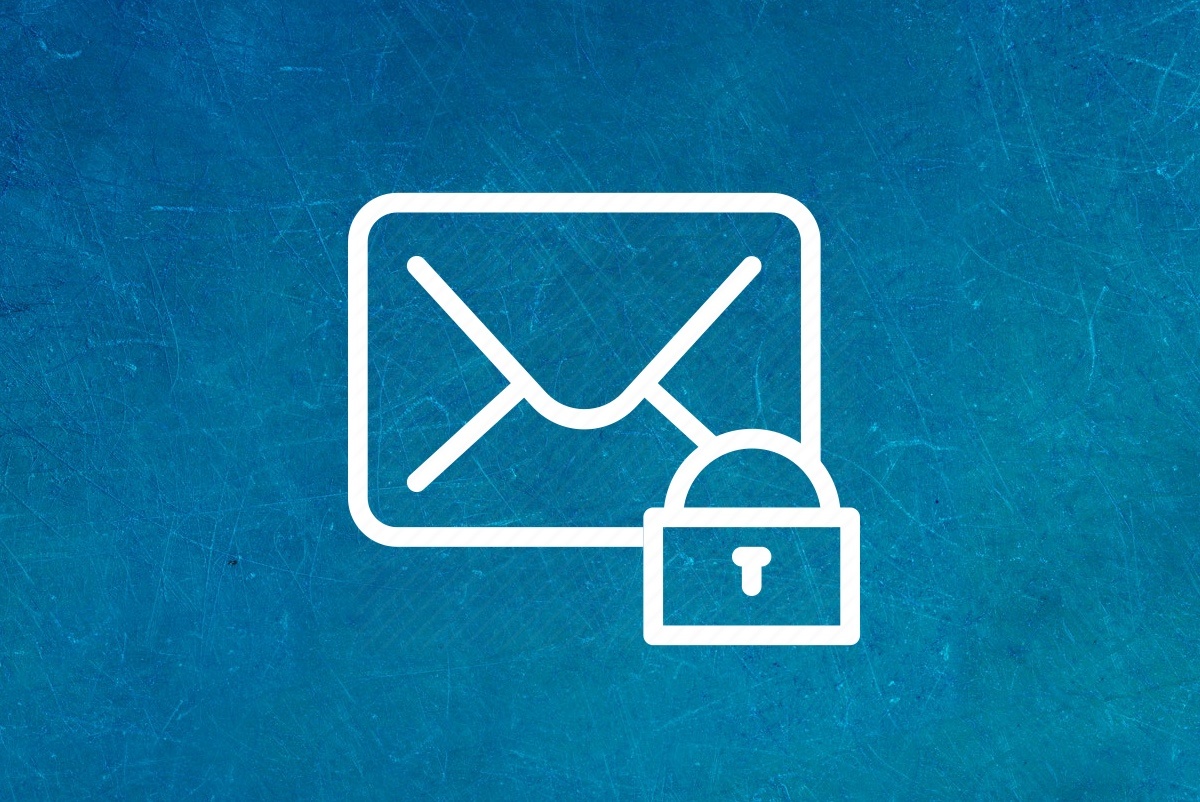How to Avoid Spam with a Temporary Email in 3 Simple Steps
Introduction
Spam emails can quickly overwhelm your inbox, cluttering important messages and putting your privacy at risk. Whether it’s promotional content, phishing scams, or unwanted newsletters, dealing with spam can be a hassle. One of the most effective ways to keep your primary inbox clean and secure is by using a temporary email. In this guide, we’ll explain how you can avoid spam in just three simple steps using a temporary email address.
Table of Contents
- What is Spam and How Does It Affect You?
- What is a Temporary Email?
- The 3 Simple Steps to Avoid Spam Using a Temporary Email
- Step 1: Choose a Reliable Temporary Email Service
- Step 2: Use the Temporary Email for Online Registrations
- Step 3: Monitor and Dispose of the Email After Use
- When to Use a Temporary Email
- Benefits of Using a Temporary Email to Avoid Spam
- Conclusion
1. What is Spam and How Does It Affect You?
Spam refers to unsolicited emails sent to a large number of recipients, often for advertising purposes. These emails can fill your inbox with unwanted offers, promotions, and sometimes harmful content like phishing scams or malware links. While most email platforms have spam filters, some unwanted messages still slip through, compromising your email privacy and security.
Receiving too much spam can lead to:
- Wasted time: Sorting through unwanted emails takes time and reduces productivity.
- Security risks: Some spam emails contain phishing links designed to steal your personal information.
- Cluttered inbox: Your important messages can get lost in the sea of irrelevant emails.
2. What is a Temporary Email?
A temporary email is a disposable email address created for short-term use. These addresses are typically used for one-time purposes such as signing up for a service, receiving verification codes, or accessing online content. Temporary emails allow you to complete your tasks without revealing your personal or primary email address, helping to avoid spam and protecting your privacy.
3. The 3 Simple Steps to Avoid Spam Using a Temporary Email
Step 1: Choose a Reliable Temporary Email Service
The first step to avoiding spam with a temporary email is choosing the right service. There are several options available online that offer free and reliable temporary email addresses. Some popular services include:
- TempMail: A simple service that generates a disposable email address instantly.
- Guerrilla Mail: Offers both disposable email addresses and the ability to send anonymous emails.
- 10 Minute Mail: Provides an email address that expires after 10 minutes, perfect for quick tasks.
Make sure to select a service that matches your needs in terms of usability, security, and duration.
Step 2: Use the Temporary Email for Online Registrations
Once you’ve chosen a temporary email provider, use it for any online activities that could lead to spam. These activities typically include:
- Signing up for newsletters: Many newsletters flood your inbox with promotional content. Use a temporary email to prevent this.
- Creating accounts on less trustworthy websites: Some websites require email registration but may misuse your data.
- Accessing free content: Downloading ebooks, whitepapers, or software often requires an email sign-up.
By using a temporary email for these tasks, you prevent spammers from gaining access to your personal inbox.
Step 3: Monitor and Dispose of the Email After Use
The final step is to monitor your temporary email for the required messages and dispose of the address once you no longer need it. Most temporary email services automatically delete the email address after a set period (from a few minutes to hours), ensuring that spam never reaches your primary inbox.
If you need to extend the lifespan of your temporary email, some services allow you to keep it active for a bit longer. However, once the task is completed, let the email expire to ensure no future unwanted messages come through.
4. When to Use a Temporary Email
A temporary email isn’t always necessary, but it can be incredibly useful in specific situations. Here’s when you should consider using one:
- Short-term activities: For one-time events like contest entries, downloading free resources, or accessing public Wi-Fi that asks for an email.
- Suspicious websites: When you’re unsure about the credibility of a website or service and don’t want to risk sharing your personal data.
- Sign-ups for non-essential accounts: Use a temporary email when signing up for services that you don’t plan to use regularly.
By using a temporary email in these cases, you ensure that your primary inbox stays safe from spam and security risks.
5. Benefits of Using a Temporary Email to Avoid Spam
5.1 Keep Your Primary Inbox Clean
A temporary email helps you avoid the clutter of promotional emails, newsletters, and spam that can accumulate in your primary inbox. This keeps your important messages more accessible.
5.2 Protect Your Privacy
By using a disposable email, you minimize the exposure of your primary email to companies, advertisers, and potential data breaches. This helps maintain your online privacy.
5.3 Reduce the Risk of Phishing
Phishing attacks often come through spam emails. With a temporary email, you can avoid opening suspicious emails or interacting with harmful content in your primary inbox.
5.4 Stay Anonymous
For online activities that don’t require you to disclose personal information, a temporary email allows you to stay anonymous, adding an extra layer of security to your online interactions.
6. Conclusion
Spam emails are more than just an annoyance—they can pose serious risks to your online security and privacy. By using a temporary email, you can protect your primary inbox from unwanted messages, reduce your exposure to phishing attacks, and maintain a cleaner, more organized email experience.
Follow these three simple steps—choose a reliable service, use the temporary email for sign-ups, and dispose of it after use—and you’ll be well on your way to avoiding spam and securing your personal email.




